Apple and the Center for Resource Solutions are launching a new solar certification program in Singapore and Taiwan by certifying the Wan Ja Shan soy sauce brewery's solar installation.
The Center for Resource Solutions (CRS) is expanding its Green-e certification program to renewable energy projects based in Asia. The first projects are in conjunction with Apple, and are located in Singapore and Taiwan.
"CRS is excited to launch its Green-e renewable energy standard in Singapore and Taiwan with Apple's support," said CRS Executive Director Jennifer Martin. "The new Singapore and Taiwan standards and Apple's pilot projects will create opportunities to rapidly increase renewable energy development and adoption throughout Asia."
Wan Ja Shan Brewery manager Tony Chung told Bloomberg News that it took 18 months of discussion with Apple for a deal to be reached. The project appears to be an extension of a program that the brewery started five years ago. Outside of the manufacturing and supply chain, this appears to be Apple's first solar deal with a third party.
Chung says that the solar project, which will involve a 50,000 square meter roof, will start before the end of 2019. Wan Ja Shan Brewery co-developed this rooftop solar array and secured a long-term contract with Apple to own the project's renewable energy certificates.
CRS previously worked with Apple to complete the pilot certification of Apple's 32-megawatt 800-rooftop solar project in Singapore. This energy is now certified under the Green-e Energy program's Direct certification option, which is designed for organizations building generation themselves or contracting renewable energy directly.
When asked for comment, Apple referred to its environmental initiatives page.
Apple has been working toward net zero energy for years, starting with a promise to power its Maiden, N.C., data center with renewable resources in 2012. Identical projects involving solar, wind and fuel cell solutions have rolled out with each new facility, including a $2 billion data center in Mesa, Ariz.
In 2016, Apple joined the RE100 initiative, effectively pledging to transition its worldwide infrastructure to renewable energy sources.
After significant investments, Apple reached the net zero milestone in April 2018.
 Mike Wuerthele
Mike Wuerthele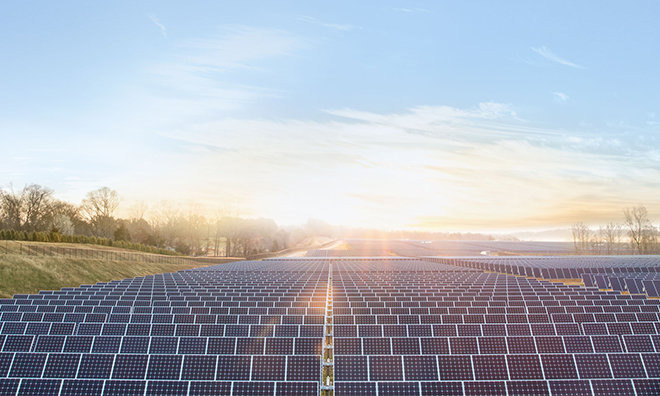
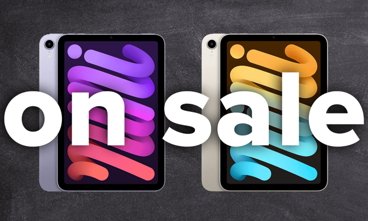
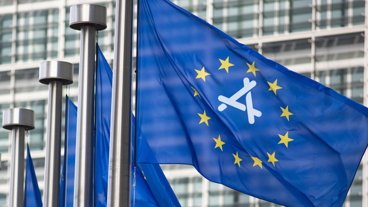
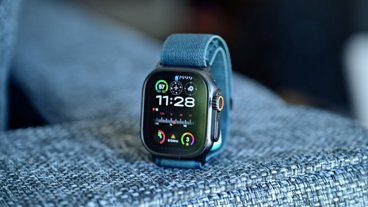
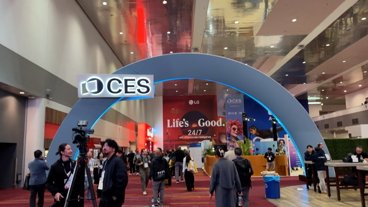
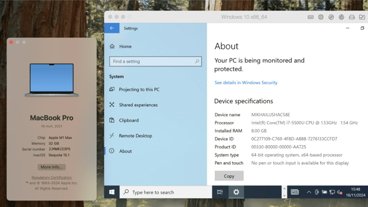
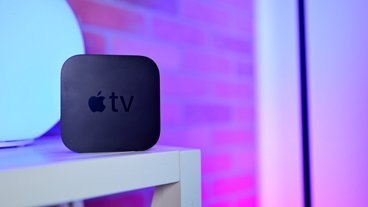
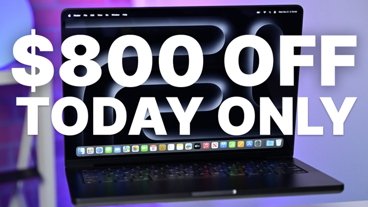
-m.jpg)





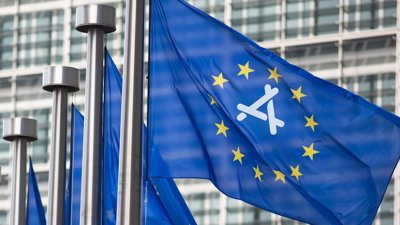
 William Gallagher
William Gallagher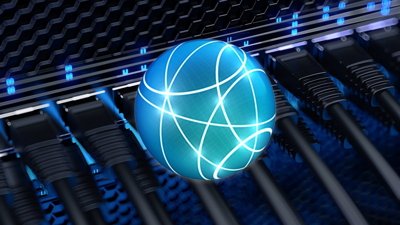
 Chip Loder
Chip Loder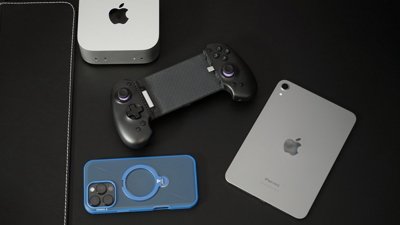
 Wesley Hilliard
Wesley Hilliard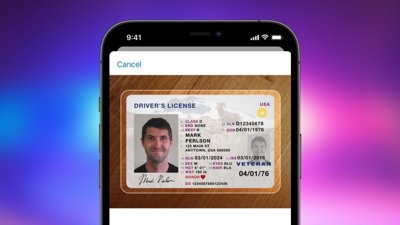
 Marko Zivkovic
Marko Zivkovic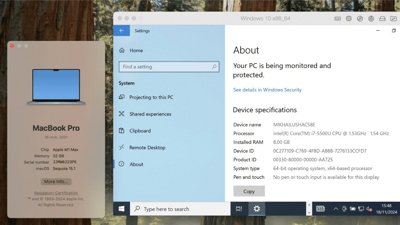
 Malcolm Owen
Malcolm Owen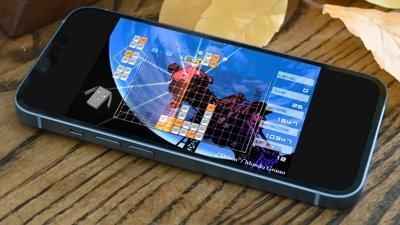
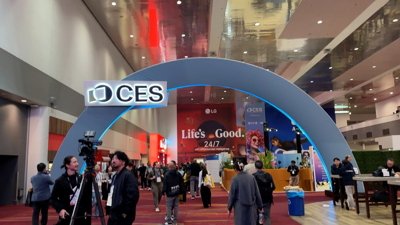
 Andrew O'Hara
Andrew O'Hara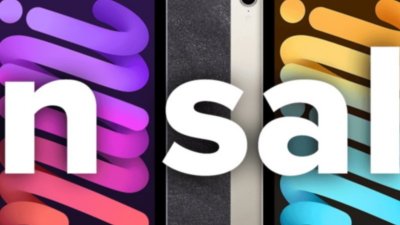
 Christine McKee
Christine McKee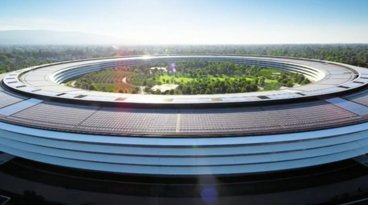
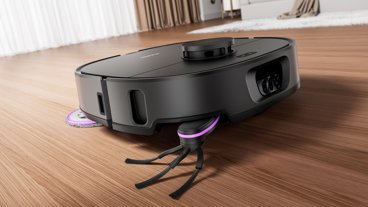


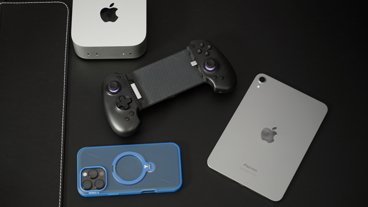



3 Comments
Does Apple get tax breaks? It’s odd to put solar panels on someone else’s roof...